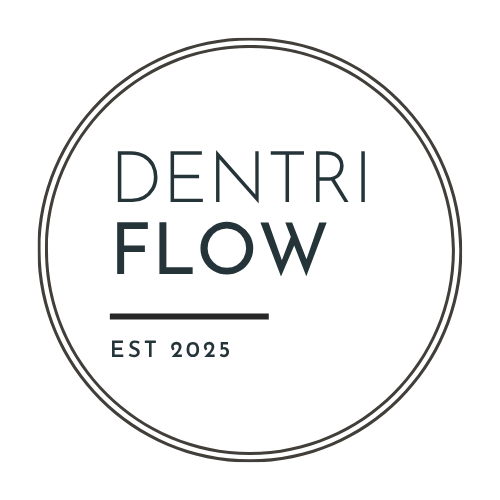Customer Contact Form
Build and embed a customizable contact form that writes submissions into a Zapier Table and triggers any downstream Zaps (CRM updates, ticket creation, etc.)—no manual work.
Problem It Solves
Many companies use basic “Contact Us” forms or email links that require someone to manually copy entries into a CRM or support system. This manual handoff is slow, error-prone, and often means customer inquiries get buried or delayed. By embedding a fully customizable form that feeds directly into a Table and fires off follow-up Zaps, you ensure every message is captured, tracked, and routed without any extra steps.
Process Overview
Build your branded form in Zapier Interfaces (or copy the embed code if you already have one).
Embed the form on your website or share the direct link.
Each submission writes a new row into a “Customer Contact” Table with fields like Name, Email, Subject, and Message.
Zapier immediately triggers any downstream actions you need—e.g., create a ticket in Zendesk, add a contact to your CRM, or send a Slack notification.
Your team reviews all entries in the Table and updates a “Status” column (New, In Progress, Resolved).
If a submission remains “New” beyond your specified time (for example, 4 hours), Zapier sends a reminder email or Slack alert.
Key Features & Capabilities
No-Code Customizable Form
Design fields (text, dropdown, file upload) and styling in Zapier Interfaces—no coding needed.Centralized Table Storage
All form responses land in a “Customer Contact” Table, creating a single source of truth.Automatic Downstream Zaps
On each submission, trigger any follow-up—create a CRM lead, open a helpdesk ticket, send an email, or post to Slack.Status Tracking
Use a “Status” column to mark inquiries as New, In Progress, or Resolved, so nothing slips through.Branded Design
Apply your logo, fonts, and colors so the form and any thank-you page match your brand.Automated Reminders
If a message stays “New” past your defined window, Zapier pings the team via email or Slack to follow up.
Typical Use Cases
B2B Service Provider
A consulting firm adds the form to its website for new project inquiries. Submissions feed into the Table and instantly create a lead in HubSpot. A Slack alert pings the sales team so they can respond within minutes.E-Commerce Support
An online store embeds the form for customer questions. Each response writes into the Table and opens a Zendesk ticket if the subject contains “Order Issue,” ensuring support agents see high-priority issues instantly.
Prerequisites & Client Responsibilities
Zapier Account with Interfaces & Tables
Ensure your plan includes Interfaces (for building or hosting the form) and Tables (for storing responses).Brand Assets
Provide logo, brand colors (hex codes), fonts, and any copy you want on the form or thank-you message.Destination Setup
Decide which downstream apps you need—CRM (e.g., HubSpot, Salesforce), ticketing (e.g., Zendesk, Freshdesk), email, or Slack—and share API credentials or channel details.Field Definitions
Confirm which fields (Name, Email, Subject, Message, etc.) you need on the form so we can build the Table schema accordingly.Notification & Reminder Criteria
Specify if and when Zapier should send reminders for untouched inquiries (for example, reminders after 4 hours of “New” status).Team Permissions
Identify who needs “Viewer” access (to monitor incoming messages) vs. “Editor” access (to update statuses or adjust workflows) in Zapier.
Pricing
One-Time Setup: $320
(Design and publish the branded form, configure the “Customer Contact” Table, and build/test downstream Zaps for CRM, ticketing, email, or Slack.)Monthly Support: $70/month
(Maintain form and Table integrations, adjust downstream workflows as needed, and troubleshoot any issues.)

